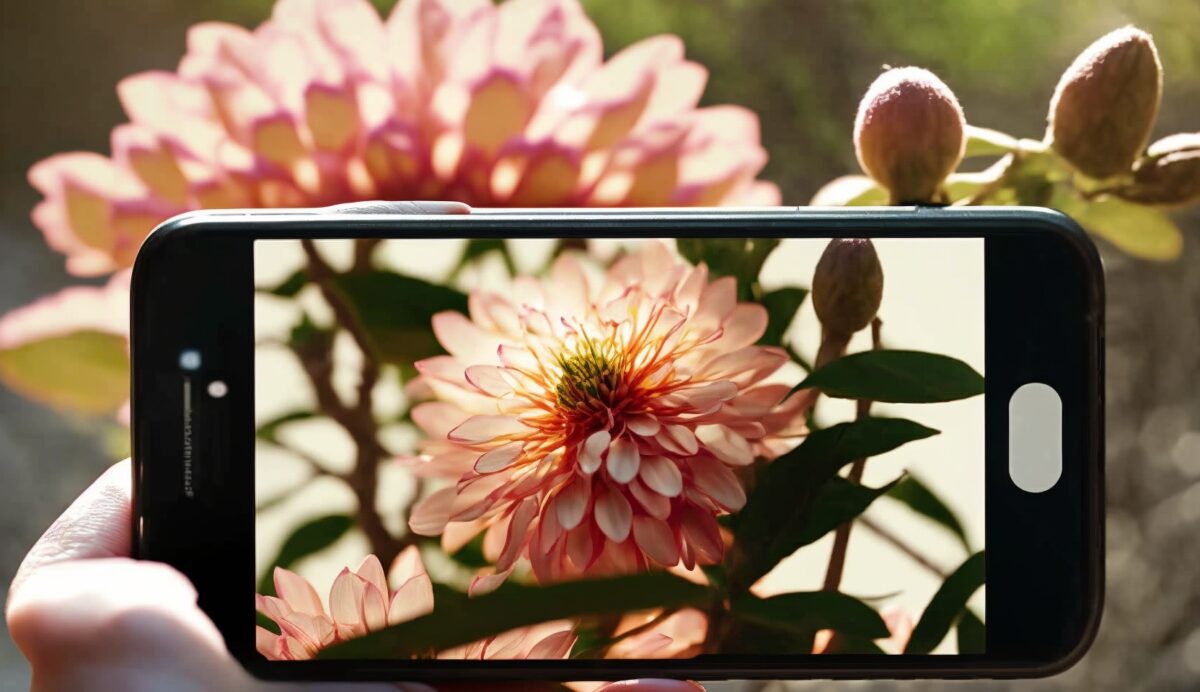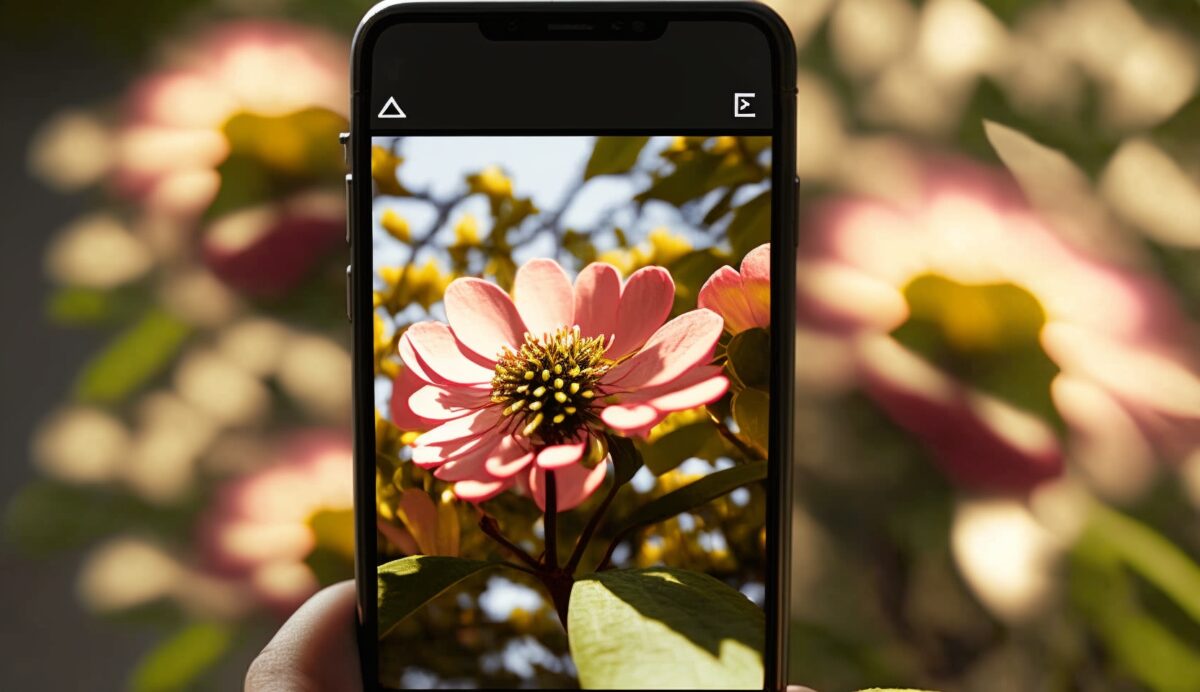In today's digital age, where technology blends harmoniously with our passion for nature, plant identification has become more accessible than ever. Imagine simply capturing a photo of that mysterious plant that captured your attention on your walk in the great outdoors, and instantly obtaining its name and characteristics. Therein lies the power of modern plant identification applications.
By the way, if you're a fan of flowers in everyday life and even want to be able to identify them, it might interest you to know that some flowers play a role in a video game like Elden Ring, if we were to mention only the Altus flower, the fire flower, or the famous Flora Mundis, etc.
In short, in this article we're going to explore in detail how you can use your cell phone to quickly and easily identify a plant using a simple photograph, enabling you to discover the botanical world. All you have to do is choose from the applications listed below.

Flora Incognita
The Flora Incognita application, using artificial intelligence, brings together around 5000 plant species from Europe and offers precise search results. In the event of a missed identification, a photo of the leaf or fruit enables in-depth analysis. A major advantage of this application is that it provides information on the risks associated with certain plants, particularly useful for nature lovers who like to explore the forest.
Seek
Seek, an application compatible with smartphones and tablets, enables the identification of plants, flowers, trees and animal species. Available on Play Store for Android and on IOS for iPhone, it works by capturing a photo for recognition thanks to its advanced artificial intelligence. Relevant information is then displayed on screen, offering a solution for discovering the plant and animal world around you.
Sauvages de ma rue
Sauvages de ma rue, a joint initiative of Tela Botanica and the PACA region, guides you through the identification of urban plants. The data collected supports scientists studying urban biodiversity and can help communities improve quality of life. The app suggests plants based on your answers to questions, providing not only the scientific name and species, but also photos of the plant in different environments. By contributing to this project, you can install Sauvages de ma rue and help preserve biodiversity in urban environments.
PictureThis
PictureThis, available on Android and IOS, goes beyond identifying plant species by offering practical advice on their care. This free app uses artificial intelligence for accurate results, and allows the creation of a personalized folder to save plant images and associated advice. User-friendly and equipped with Google's recommendation buffer, PictureThis is an ideal tool for garden and vegetable plot owners looking to develop their gardening expertise.
Forest keys
The plant recognition application Clés de Forêts, developed by the Office National des Forêts, is available on IOS and Android via Google Play Store. This application identifies not only plant and animal species, but also trees. Instead of taking photos, Clés de Forêts asks a series of questions to obtain information about the plants, including their names and characteristics. A special feature of the app is its ability to work offline, making it ideal for forest hikes where an Internet connection may be absent.
PlantNet
PlantNet, a popular plant recognition app with millions of downloads, allows you to identify plants based on their flowers, leaves or fruit via your smartphone's camera. After a search, the free PlantNet app offers a selection of results from which you choose to access the information. With a catalog of over 6,000 species in France and Europe, this application, the result of a scientific project sponsored by the Fondation Agropolis, offers reliable, detailed information on plants once identified.
PlantSnap
To identify flowers, leaves or trees, the must-have app is Plant'Snap, which uses your smartphone's camera to analyze plants. With a reliability rating of 90 %, this app ensures easy identification of surrounding plants. You can create a personalized space with your favorite plants and share your botanical passion with users in over 200 countries around the world.
NatureID
NatureID, an efficient English-language application, allows you to identify thousands of plants, trees, flowers and animals, whether you're bilingual or not. By analyzing photos taken by your smartphone, the app provides detailed information, including the plant's state of health and solutions for any problems. Available free of charge on Android and IOS, NatureID also offers tips for treating diseased plants.

LeafSnap
LeafSnap, an English-language app, also offers 90 % recognition of listed plant species and trees, with detailed information. You can import photos from your library or capture images with the app for accurate information and advice, including on plant care.
Smart'Flore
Smart'Flore is best used with a Tela Botanica account, a network of botanists in France. Available only on Android via Google Play, the app lets you design botanical trails to simplify the identification of plant species, including global varieties. Using geolocation, it locates nearby trails, and allows users to create their own, forming a community much like a social network. Based on existing trails, the app informs about the surrounding plants, providing details on their morphology, habitat and use.
Now you know which apps work best for identifying the plants that catch your eye on your walks. Make sure the app of your choice is easily accessible, so you can quickly identify the flower or fruit. If you're having trouble finding it, take the necessary steps by following the tutorials in our article on how to return an application to the home screen.






